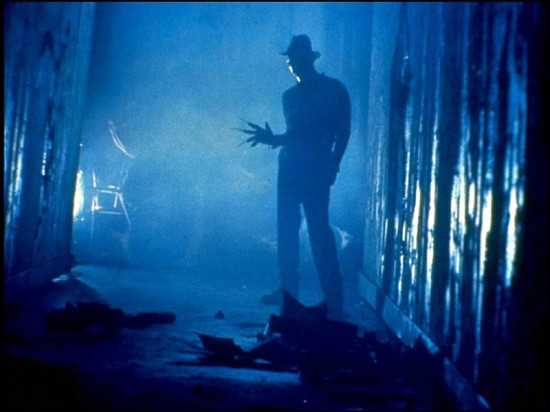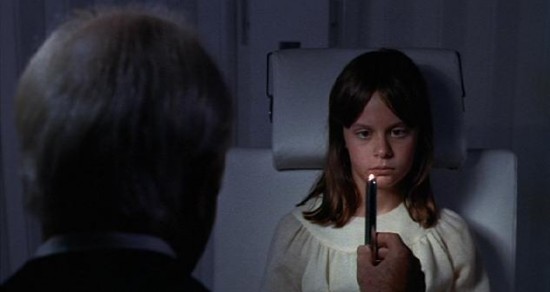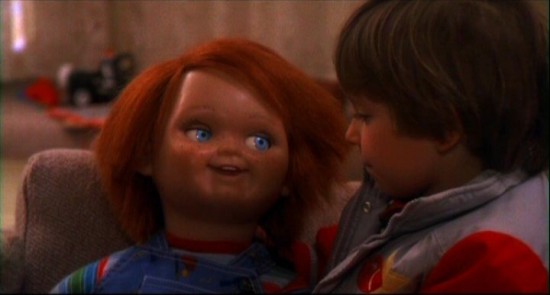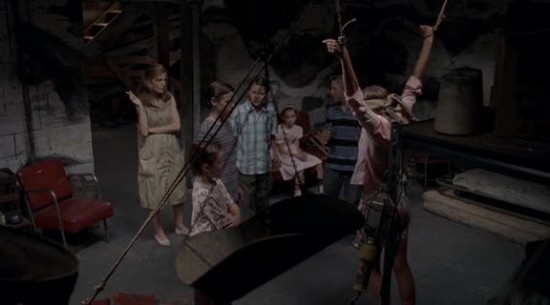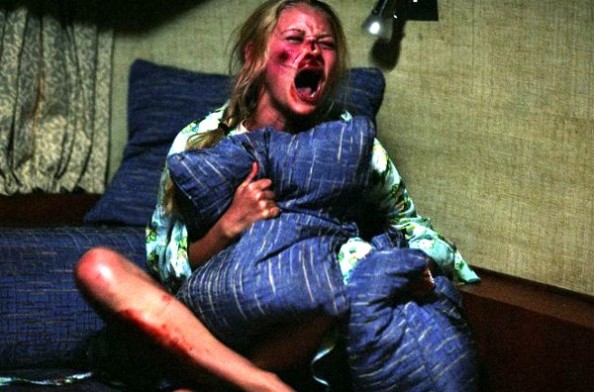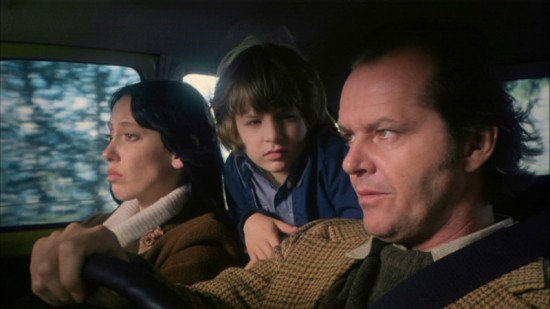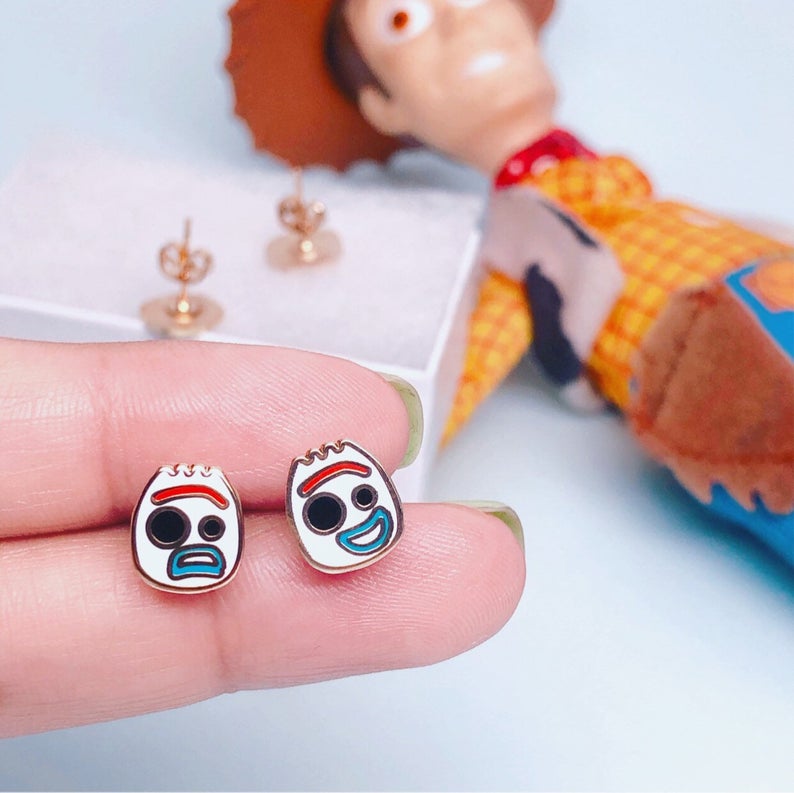Sometimes, the most frightening films about horror films isn’t the actual gore and frights you get to see on screen. It just might be that knowing that sometimes, they’re based on actual events is what really gets you trembling from fear.
A Nightmare on Elm Street
Wes Craven was inspired to make the nightmare slasher film after reading an article in the LA Times, which he later explained in a 2008 interview: “It was a series of articles in the LA Times, about men from South East Asia, who were from immigrant families and who had died in the middle of nightmares — and the paper never correlated them, never said, ‘Hey, we’ve had another story like this.’ The third one was the son of a physician. He was about twenty-one; I’ve subsequently found out this is a phenomenon in Laos, Cambodia. Everybody in his family said almost exactly these lines: ‘You must sleep.’ He said, ‘No, you don’t understand; I’ve had nightmares before — this is different.’ He was given sleeping pills and told to take them and supposedly did, but he stayed up. I forget what the total days he stayed up was, but it was a phenomenal amount — something like six, seven days. Finally, he was watching television with the family, fell asleep on the couch, and everybody said, ‘Thank god.’ They literally carried him upstairs to bed; he was completely exhausted. Everybody went to bed, thinking it was all over. In the middle of the night, they heard screams and crashing. They ran into the room, and by the time they got to him he was dead. They had an autopsy performed, and there was no heart attack; he just had died for unexplained reasons. They found in his closet a Mr. Coffee maker, full of hot coffee that he had used to keep awake, and they also found all his sleeping pills that they thought he had taken; he had spit them back out and hidden them. It struck me as such an incredibly dramatic story that I was intrigued by it for a year, at least, before I finally thought I should write something about this kind of situation.
Audrey Rose
A story of a man who loses his daughter in a car crash and is convinced that a little girl named Ivy is the reincarnation of his little girl. The film was based on a novel by Frank De Felitta, inspired by the author’s real-life experience with his own son. A 1976 article from People described it pretty well:
He and his wife, Dorothy, were relaxing on the terrace of their Los Angeles home in the summer of 1971. Suddenly they heard piano music in the style of Fats Waller coming from the house. ‘We went in and there was Raymond at the piano, going like the devil. We were shocked. In fact, we were scared. Raymond said his fingers were doing it.’ The boy, then 6, had never before displayed any hint of musical talent.
De Felitta consulted a Los Angeles occultist named Barbara Ryan, who explained Raymond’s mystifying talent as ‘an incarnation leak.’ ‘She told me that Raymond was one of those souls who had been through many lifetimes,’ De Felitta says. ‘They have innate memories of past lives, and they pick up where they left off in a past life.’ Fascinated, Frank began to read American mystic Edgar Cayce, Hindu texts on reincarnation and the works of a University of Virginia psychiatrist investigating the subject.
Child’s Play
A movie about a man transferring his soul into a doll, making it one of the freakiest murder machines ever scene, can’t be based on something true, right? Writer Don Mancini conceived the script of the killer doll as a satire about toy marketing and merchandising for children. He got the idea from a real-life voodoo vendetta that a Jamaican nurse inflicted upon Key West painter and author Robert Eugene Otto. She gave Robert the Doll to Otto in 1904, but eventually turned against her employer and cursed it. The writer would apparently talk to the doll when he was a child. Otto’s family would find things missing or moved in his room, and heard him screaming at night. After Otto passed away, the doll was left behind and wound up with the new homeowners who also experienced similar attacks, claiming the doll could move and was trying to kill them.
The Girl Next Door
The film about the sadistic torture and murder of an innocent, orphaned girl was based on a novel by Jack Ketchum, which took the real-life event of Sylvia Likens who was the abandoned child of carnival workers, left to a local family (along with her sister) in the hopes of the children living a righteous life. Instead, she was severely abused and killed at the hands of Gertrude Baniszewski and her children.
The Hills Have Eyes
Another Wes Craven film, about a family hunted down by deformed cannibals. He based it on the Sawney Bean story. In 15th and 16th-century Scotland, Bean left home and took to the coastal caves with a woman where they lived for a number of years and had 14 children. The clan ambushed innocent passersby and murdered them for food. When locals began to notice the disappearances and body parts started washing up on shore, the family was hunted and brought to trial.
The Shining
A great film (some think) based on an even better novel by Stephen King (most think). King was inspired after visiting a Colorado hotel with his wife and going through a surreal experience that led to him writing the book about a man who pretty much loses it while being the caretaker of a hotel closed down for the winter.
When we arrived, they were just getting ready to close for the season. We found ourselves the only guests in the place — with all those long, empty corridors. That night I dreamed of my three-year-old son running through the corridors, looking back over his shoulder, eyes wide, screaming. He was being chased by a fire-hose. I woke up with a tremendous jerk, sweating all over, within an inch of falling out of bed. I got up, lit a cigarette, sat in a chair looking out the window at the Rockies, and by the time the cigarette was done, I had the bones of the book firmly set in my mind.

